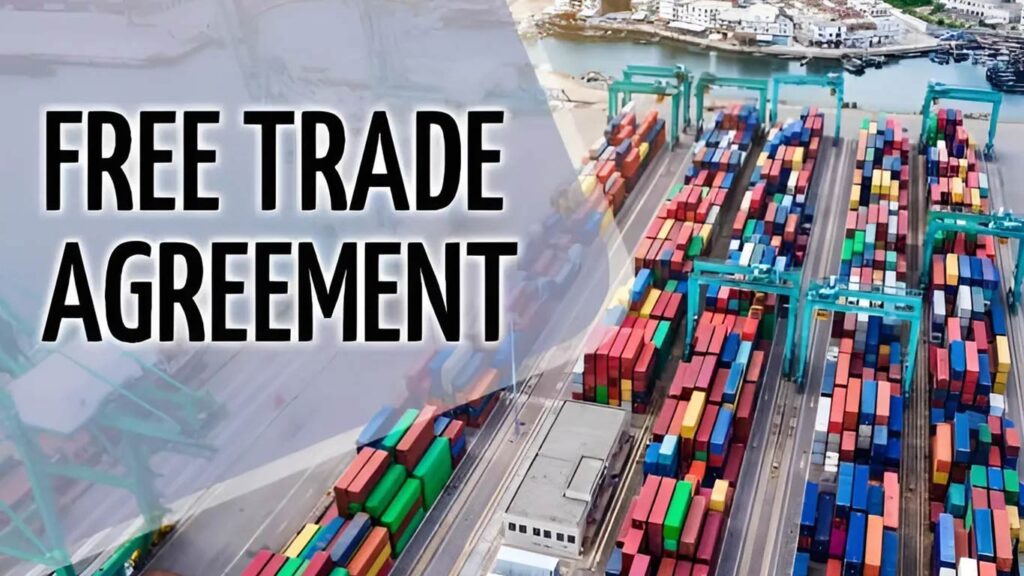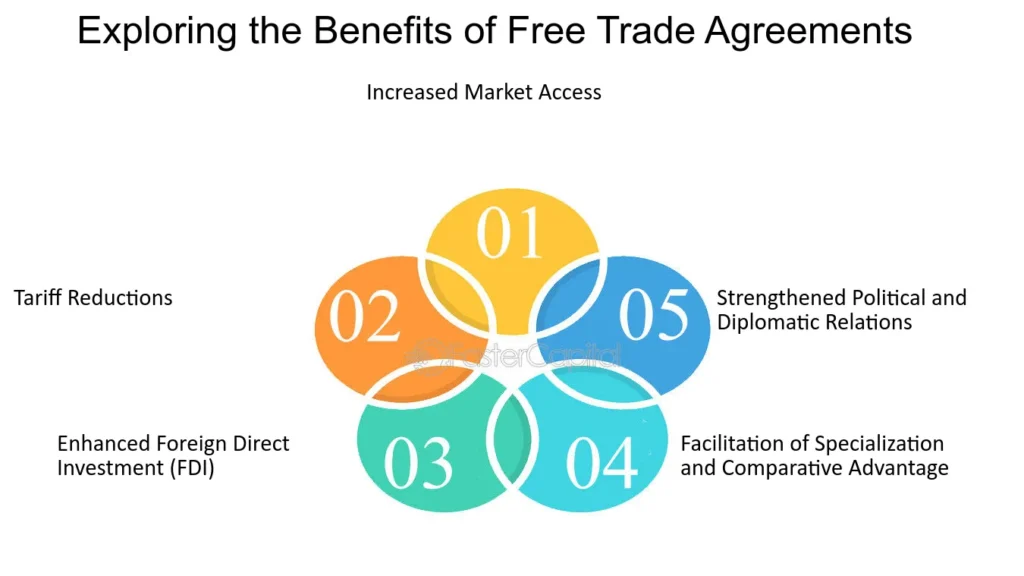Top 5 Free Trade Agreements Benefiting Bangladesh’s Exporters
Bangladesh’s rapid rise in global trade has been fueled by its robust manufacturing sectors, low labor costs, and—importantly—strategic access to global markets through trade agreements. As the country seeks to graduate from LDC (Least Developed Country) status in the coming years, understanding the Free Trade Agreements (FTAs) that support its exporters is more critical than ever.
Whether you’re in the ready-made garments (RMG) sector, textiles, leather, fisheries, or light engineering, these trade frameworks can significantly reduce tariffs, streamline logistics, and create a competitive edge for Bangladeshi businesses on the international stage.
In this article, we’ll explore the Top 5 Free Trade Agreements (FTAs) and preferential trade arrangements that are helping Bangladesh’s exporters thrive, along with insights on how businesses can best leverage them.
🌏 1. Generalized System of Preferences (GSP) – European Union
The EU’s GSP, particularly the Everything But Arms (EBA) initiative, has been a lifeline for Bangladeshi exporters. It allows duty-free and quota-free access to all EU member countries for all products (except arms and ammunition).
✅ Key Benefits:
-
Zero duties on exports like garments, seafood, jute, and leather goods
-
Large market size: Access to 27 EU countries
-
Stable regulatory environment
🌍 Markets: Germany, France, Italy, Spain, Netherlands, and more
🔗 The Rise of Bangladesh’s Garment Industry: A Global Success Story
⚠️ What to Watch:
As Bangladesh prepares to graduate from LDC status by 2026, it may lose EBA benefits. Exporters should prepare by meeting GSP+ conditions, which include labor and environmental standards.
🇨🇳 2. Asia-Pacific Trade Agreement (APTA)
APTA, formerly known as the Bangkok Agreement, includes countries like China, India, South Korea, Laos, and Sri Lanka, and offers reduced tariffs on several goods exported from Bangladesh.
✅ Key Benefits:
-
Lower tariffs for over 5,000 products
-
Access to Asia’s largest markets including China and India
-
Encourages intra-regional trade cooperation
💼 Ideal for: RMG, leather goods, ceramics, and processed food exporters
🔗 How Bangladesh-Agent.com Helps Global Businesses Navigate Local Sourcing
🇮🇳 3. SAFTA – South Asian Free Trade Area
SAFTA, under the umbrella of SAARC, promotes trade among South Asian countries including India, Pakistan, Nepal, Bhutan, Maldives, Sri Lanka, and Afghanistan.
✅ Key Benefits:
-
Preferential trade terms for regional exports
-
Reduced or zero tariffs on many items
-
Encourages cross-border business development
🌱 Common export goods:
Jute products, pharmaceuticals, spices, light machinery, frozen foods
💡 Tip:
Businesses can pair SAFTA with bilateral MOUs to build better logistics and warehousing capabilities in India and Nepal.
🔗 Logistics Startups in Bangladesh: Innovation, Challenges & Investment Trends
🌏 4. DFQF (Duty-Free, Quota-Free) Market Access for LDCs – WTO Framework
Under the World Trade Organization’s initiative, many developed countries provide duty-free and quota-free market access to goods from LDCs like Bangladesh. Countries offering DFQF access include:
-
Canada
-
Australia
-
Japan
-
South Korea
-
Some Gulf Cooperation Council (GCC) countries
✅ Key Benefits:
-
No tariffs on most goods
-
Long-term stability due to WTO enforcement
-
Encourages diversification of export destinations beyond Europe
📈 Best for:
Exporters in leather, footwear, handicrafts, electronics assembly, and agro-processing
🔗 Digital Bangladesh: The Role of Tech in Modern Manufacturing and Export
🌐 5. Bilateral Trade Agreements – Focus on Emerging Markets
Beyond multilateral agreements, Bangladesh has signed or is negotiating bilateral FTAs and PTAs (Preferential Trade Agreements) with several countries:
-
India (under SAFTA and bilateral protocols)
-
Bhutan (signed FTA in 2020)
-
Sri Lanka (FTA under negotiation)
-
Indonesia, Thailand, and Malaysia (ongoing discussions)
These agreements are particularly useful for customized trade terms on high-potential products such as:
-
Pharmaceuticals
-
Plastic goods
-
FMCG
-
Agricultural produce
🔗 Top Services Every Global Brand Needs When Entering the Bangladeshi Market
🛠️ How to Leverage FTAs for Export Growth
1. Hire a Verified Trade Agent
Understanding documentation, tariff codes, and rules of origin can be complex. Hiring a local, verified agent helps exporters maximize FTA benefits.
2. Focus on Compliance
As FTAs evolve, meeting product standards, labor regulations, and environmental requirements is crucial for continued access.
3. Diversify Export Markets
Relying too heavily on a single market like the EU is risky. FTAs with Asia-Pacific and emerging countries can offer diversification and new growth areas.
4. Leverage Government Support
Explore programs by EPB (Export Promotion Bureau) and Ministry of Commerce that assist exporters in documentation, training, and market entry.
🔮 Final Thoughts
Free Trade Agreements are more than just tariff-reduction tools—they’re gateways to global expansion for Bangladeshi exporters. As Bangladesh graduates from LDC status and enters new economic frontiers, businesses must proactively align with FTA frameworks, invest in compliance, and diversify into new markets.
By combining FTA access, modern logistics, and digital transformation, Bangladesh has the potential to become not just South Asia’s factory, but a truly global trade powerhouse.
📦 Ready to Expand Your Export Business?
💼 Connect with Bangladesh-Agent.com for verified trade partners, sourcing agents, and export services tailored for international markets.

